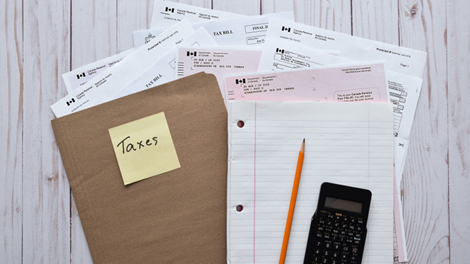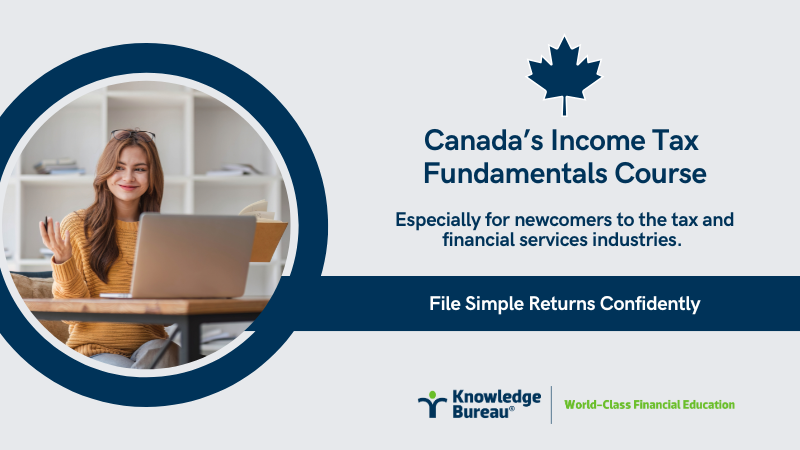Plan Right: Reduce Your Tax Refund

Evelyn Jacks
Employers are required by law to deduct taxes from your pay and remit them on your behalf. That means the first dollars you earn every day go to the federal and provincial governments. Worse, the tax tables employers must use are skewed against you too. Consider how sizable the average tax refund in Canada is: about $2,200 or approximately $184 a month. That’s money you could be putting to use for your own financial future, rather than waiting until four or five months after the end of the year for it.
Excerpted from Essential Tax Facts 2025
But can you do anything about this? The answer is yes. Start with the TD1 form your employer gives you at the start of your employment and usually annually after this. This Personal Tax Credits Return tells your employer about the personal amounts you will be claiming for yourself and your family when you file your return including claims for your spouse or disabled children or tuition for example. Don’t just claim “single”—be sure you are accurate, so you can keep more money for savings with every pay period.
More good news: your claims for common deductions and credits—like your Registered Retirement Savings Plan (RRSP) contribution, child care or moving expenses, deductible employment expenses or interest on your investment loans, medical expenses, tuition fees or charitable donations—all can be used to reduce your withholding taxes, too. Most people don’t know that.
Why does this matter so much?
Your tax refund is no small change, especially when most Canadians overpay their taxes throughout their working lifetime. Over 30 years, in fact, the average Canadian tax refund equates to just over $52,000 in capital that is not going into your retirement or lifestyle savings accounts, and that is before any investment earnings are considered.
Average Tax Refund $2200 x 30 years = $ 66,000
5% annual interest = $102,000
= $188,000
You can see what we mean. If the refund was saved in a TFSA—Tax-Free Savings Account—the earnings are sheltered from tax along the way. Plus, the earnings in this account will never be taxed. This can buy a lot of groceries, new clothes, and a few luxuries, like a much-needed holiday in the middle of winter.
Doing what most other Canadians do—cheerfully awaiting your big tax refund after filing in March or April—you are giving the government an interest-free loan. Playing the tax game as a pro, you will plan to receive and invest that money for your own future, and potentially, a six-figure retirement fund. That’s the right way to win the tax game. But you’ll need some tax tools to help:
Bottom Line: Check out tax forms T1213 Request to Reduce Tax Deductions at Source and TD1 Personal Tax Credits Return (federal and provincial) and make them work for you! You will have money to spend, invest or save every two weeks. Fill out these forms to give your payroll department permission to adjust your withholding taxes—downward—as they account for your big deductions and credits.
Additional Educational Resource: Canada’s Income Tax Fundamentals Course
